Gillette Stories
Gillette Stories
At Gillette Children's we help every child in our care live a life defined by dreams, not diagnosis. Here you will find stories of inspiration and triumph and joy. Learn more about our work with patients and families that don't give up as we help every child live their story. Gillette Stories Magazine


Hip Dysplasia
Adolescent Hip Dysplasia: Signs, Treatment, and Recovery
Learn more about adolescent hip dysplasia, including its signs, diagnosis, treatment, and recovery at Gillette Children's.
Read More
Down Syndrome
What Makes Gillette Children’s Down Syndrome Clinic Unique?
Gillette Children’s Down Syndrome Clinic helps children and families navigate the health challenges that often come with this condition.
Read More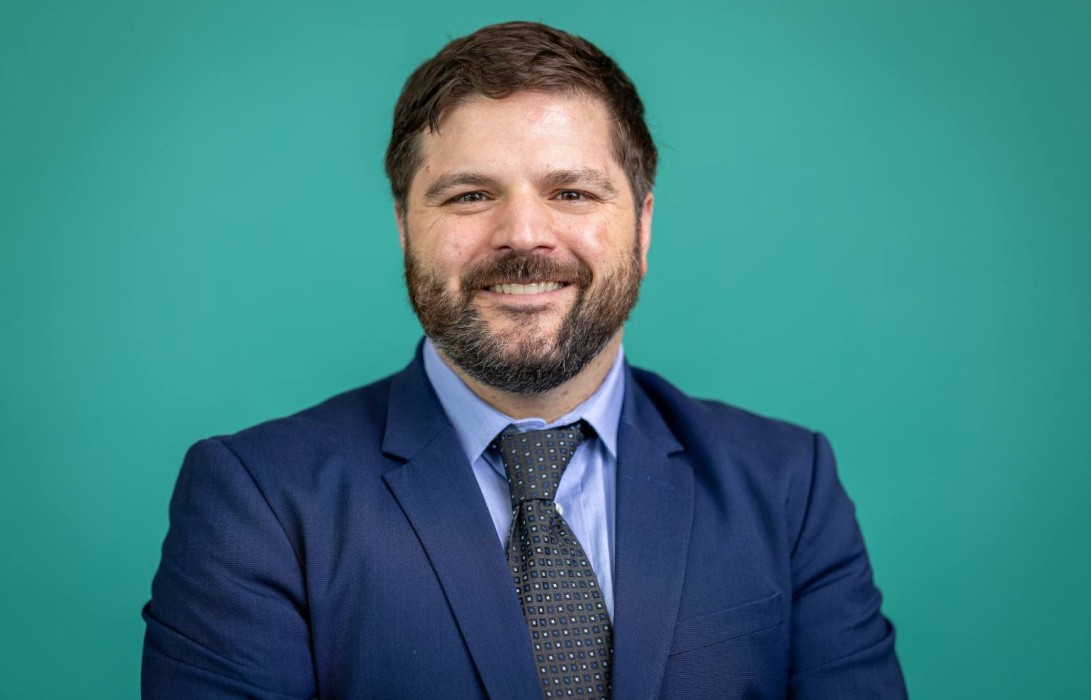
Epilepsy and Seizures
Meet Pediatric Epilepsy Expert Bryan Mendes, MD
Gillette Children's proudly welcomes pediatric epilepsy expert Bryan Mendes, MD, to our neurology team. Read on to learn more about Dr. Mendes.
Read More
When to be Concerned About Stuttering
Stuttering is one of the most common reasons children come to Gillette Children's for a speech evaluation. Stuttering affects about 70 million people worldwide, including 3 million people in the United States. Gillette speech-language pathologist, Graham Schenck, PhD, shares when parents should be concerned about their child's speech.
Read More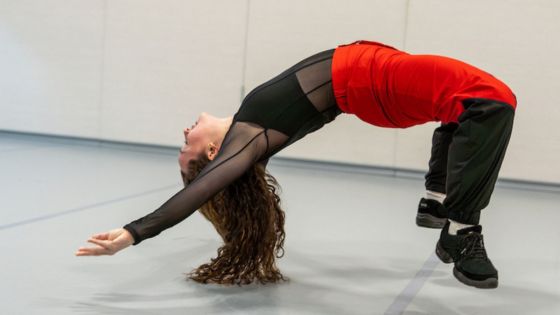
Scoliosis
Gillette Children’s Scoliosis Team Helps Dancer Keep “Popping and Locking”
After a scoliosis diagnosis, Libby, is grateful for the spine care she received at Gillette Children’s to get her back to dancing.
Read More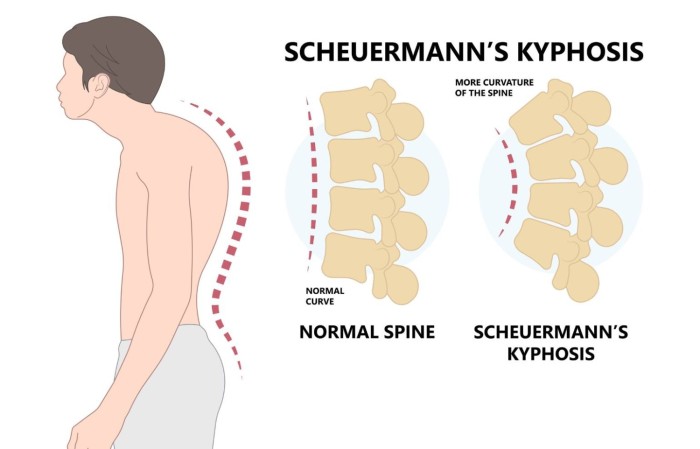
Scheuermann’s Disease
How Physical Therapy Helps Teens With Scheuermann’s Kyphosis
Physical therapy that strengthens muscles in the back and abdomen can help with pain management, posture, and flexibility while teens with kyphosis grow.
Read More
Cerebral Palsy
Busting Common Cerebral Palsy Myths
There are a lot of good questions out there about cerebral palsy but there are also misconceptions. Check out the common CP myths that need busting.
Read More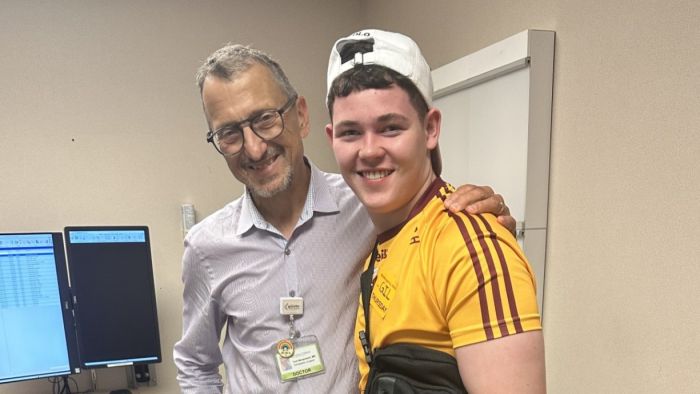
Cerebral Palsy
Transforming Lives with Cerebral Palsy Care
See how Gillette Children’s partners worldwide to deliver innovative care, family support, and hope for every child.
Read More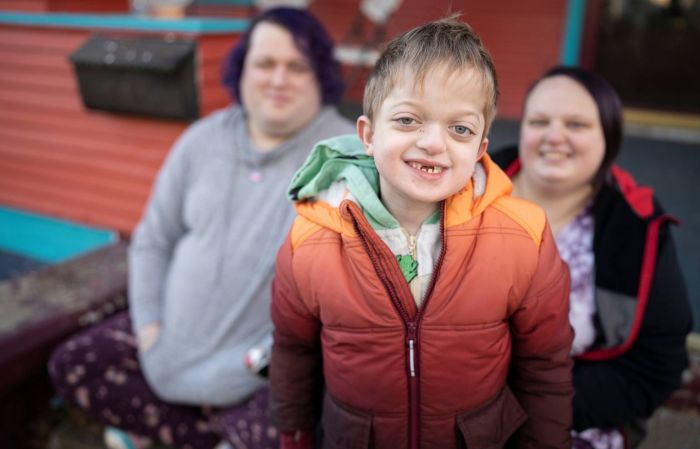
Epilepsy and Seizures
What are Common Causes and Signs of Seizures in Children?
Explore the signs and causes of seizures in children, and learn how Gillette Children's can help.
Read MoreHealth Library
Find education related to your condition, procedure, care at home, and more.
Search Health LibraryResearch
Gillette Research aims to improve treatment options for children who have disabilities.
Explore Gillette ResearchNews
From innovations to innovators, Gillette Children’s shares our news as leaders in specialty care and research.
News Releases Home Page
Home Page
